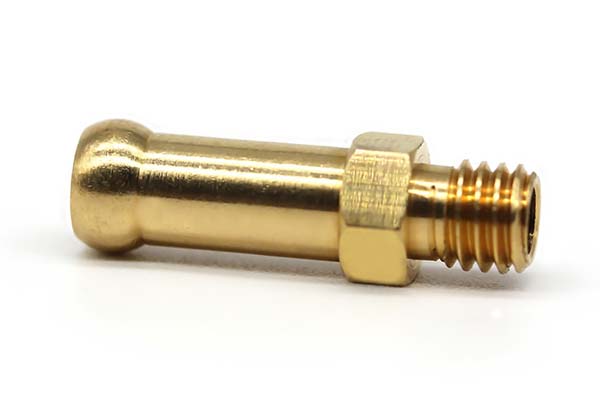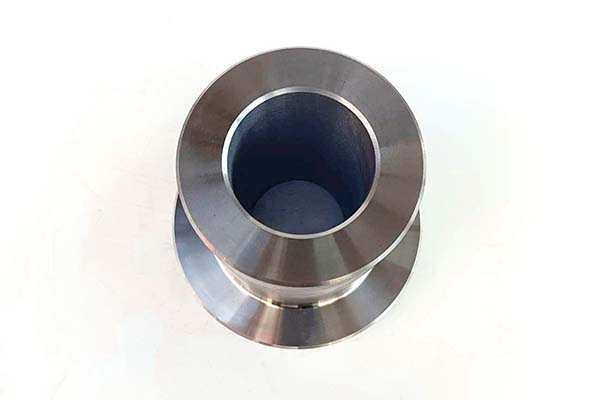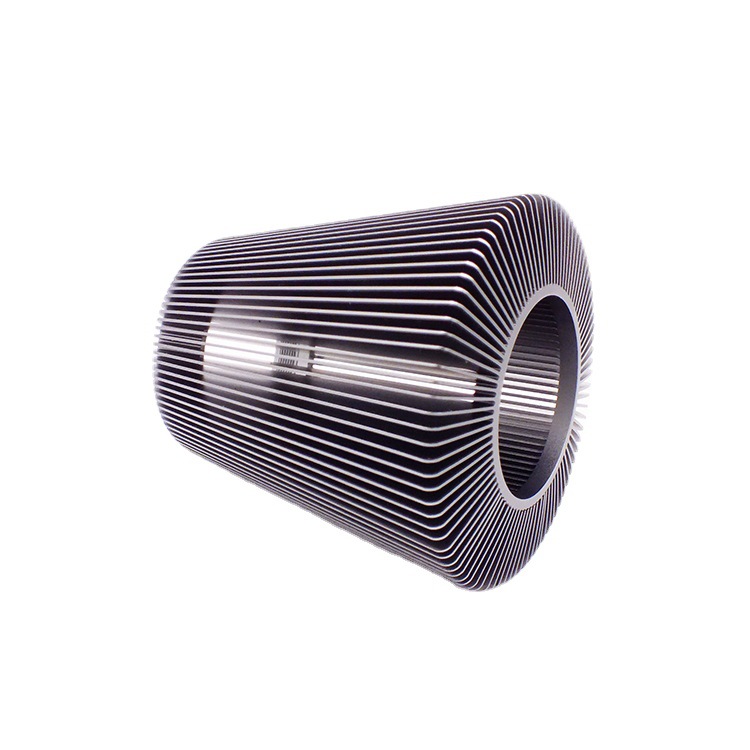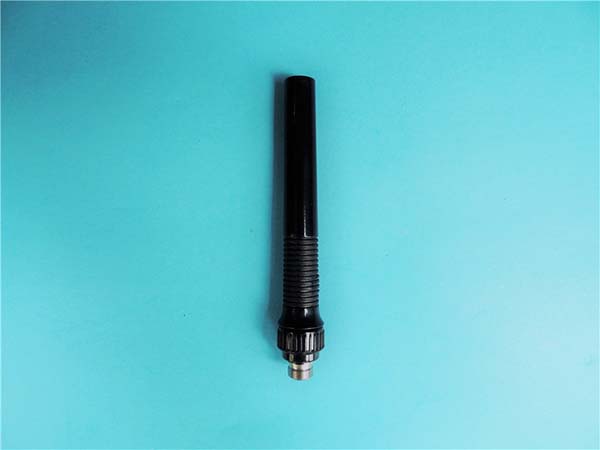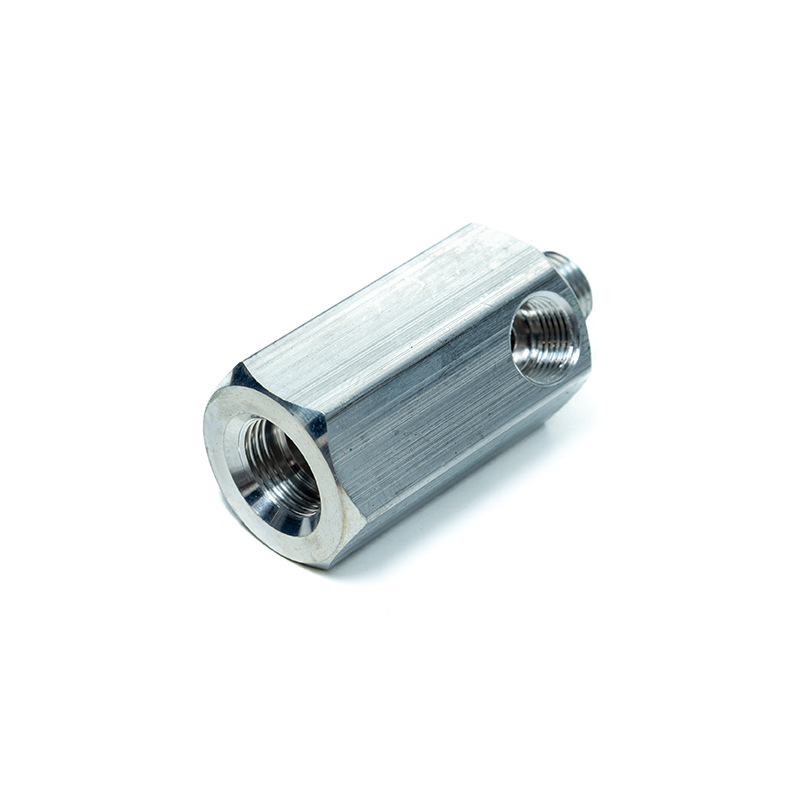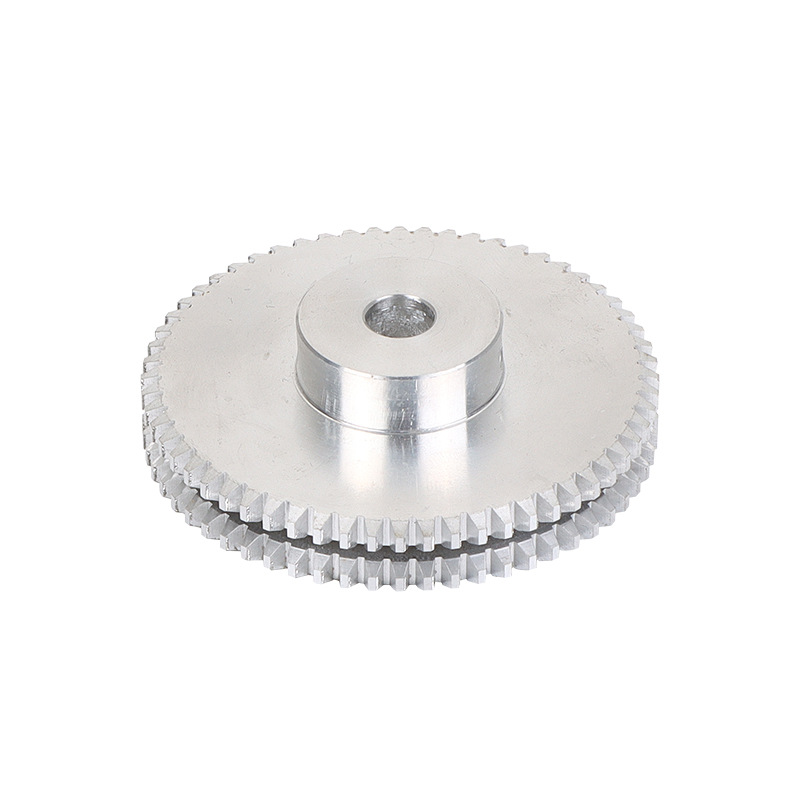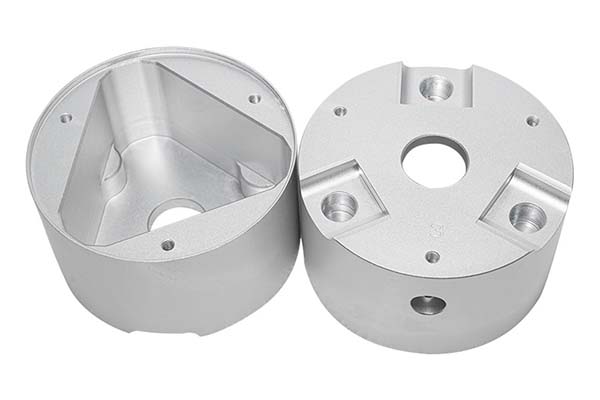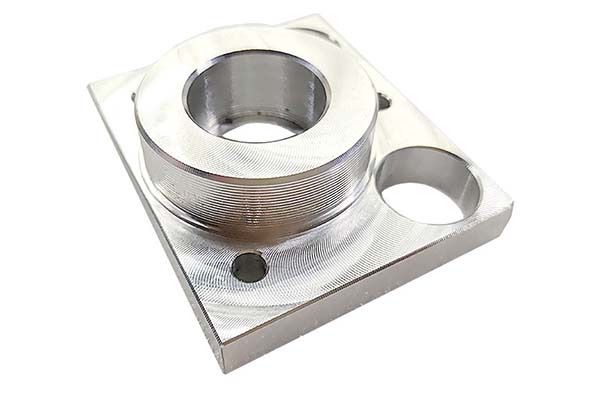C17500 (Cobalt-Beryllium Copper) is a high-performance alloy widely used in precision engineering, but its unique properties bring significant machining challenges. Its age-hardening nature, high strength, and strict precision requirements often lead to issues like excessive tool wear, dimensional inaccuracies, and surface finish defects. This guide addresses these pain points with actionable strategies to master CNC machining of C17500.
Alloy Composition & Properties
C17500, also known as CuCo2Be, is a premium alloy with a precise composition of 2.4–2.7 % Co and 0.4–0.7 % Be. This unique blend gives it a set of properties that make it indispensable in high-demand applications.
As an age-hardenable alloy, C17500 can be machined in a softer state and then heat-treated to achieve exceptional strength, offering flexibility in manufacturing processes. It boasts an electrical conductivity of 45–60 % IACS, making it ideal for applications where both conductivity and strength are critical, such as high-performance electrical connectors.
In terms of mechanical properties, C17500 delivers an impressive 860 MPa UTS (Ultimate Tensile Strength) and a hardness of 95 HRB after heat treatment, ensuring durability in demanding environments. Its non-sparking characteristic makes it safe for use in hazardous areas like oil refineries and chemical plants.
Additionally, C17500 offers high thermal conductivity for efficient heat dissipation and excellent corrosion resistance, extending the lifespan of components in harsh conditions.
| Property | C17500 Specification |
| Cobalt Content | 2.4–2.7 % Co |
| Beryllium Content | 0.4–0.7 % Be |
| Electrical Conductivity | 45–60 % IACS |
| UTS | 860 MPa |
| Hardness (after heat treatment) | 95 HRB |
CNC Machining Strategies
Solution-Annealed Roughing vs. Age-Hardened Finishing
Solution-annealed roughing is the optimal approach for most of the material removal process. After solution annealing, the alloy is softer and more ductile, reducing tool wear and allowing for faster material removal. This stage is crucial for shaping the part close to its final dimensions.
Age-hardened finishing is reserved for the final machining steps after heat treatment. At this point, the material is much harder, so slower speeds and specialized tooling are necessary to achieve the required precision. This two-step process balances efficiency and accuracy.
High-Speed Turning and 5-Axis Contouring
High-speed turning is effective for cylindrical components like precision shafts, enabling efficient machining when paired with rigid setups to minimize vibration. 5-axis contouring excels at producing complex geometries in parts such as aerospace components, allowing for precise machining of intricate surfaces and features.
Trochoidal Milling and Adaptive Toolpaths
Trochoidal milling is highly beneficial for C17500, as it reduces tool engagement time, controlling heat buildup and preventing work-hardening. Adaptive toolpaths adjust in real-time based on cutting conditions, optimizing feed rates and ensuring consistent chip formation, which is vital for maintaining surface quality.
Coolant Strategies
Choosing between flood coolant and mist coolant depends on the operation. Flood coolant is ideal for heavy roughing, providing superior heat dissipation and chip evacuation. Mist coolant is more suitable for precision finishing, reducing coolant residue and minimizing the risk of part distortion in delicate areas.
Low-Stress Fixturing
Low-stress fixturing is essential to prevent workpiece distortion, especially when machining thin-walled or complex parts. Using soft jaws or vacuum chucks distributes clamping force evenly, avoiding deformation that could compromise dimensional accuracy.
Tooling & Cutting Parameters
Micro-Grain Carbide Inserts and Coatings
Micro-grain carbide inserts are the workhorse for machining C17500, offering excellent hardness and wear resistance. AlTiN coating enhances their performance by reducing friction and increasing heat resistance, extending tool life significantly. For ultra-precision applications, PCD micro-tools deliver exceptional surface finishes, though at a higher cost.
Cutting Speed, Feed, and Axial Depth
- Cutting speed: The recommended range is 50–110 m/min. Lower speeds (50–80 m/min) are used for age-hardened material, while higher speeds (80–110 m/min) work for solution-annealed roughing.
- Feed rate: 0.04–0.10 mm/tooth is optimal. Faster feeds can cause work-hardening, while slower rates may lead to tool rubbing and poor surface finish.
- Axial depth: 0.1–0.8 mm is suitable, with shallower depths for finishing passes to achieve Ra 0.1–0.3 µm surface finishes.
Rake Angle and Edge Preparation
A positive rake angle (5–8°) reduces cutting forces, making it easier to machine C17500 without excessive tool stress. Honed edge preparation (0.01–0.02 mm radius) prevents edge chipping, ensuring consistent performance and extending tool life.
Tool-Life Monitoring
Implementing tool-life monitoring is critical for maintaining part quality. Regularly inspecting tools for wear and replacing them when flank wear exceeds 0.2 mm prevents surface finish degradation and ensures dimensional accuracy.
Heat Treatment & Distortion Control
Solution Anneal and Age Harden
The heat treatment process for C17500 involves solution anneal at 900 °C followed by age harden at 480 °C for 3 hours. This achieves a hardness of 36–42 HRC, maximizing the alloy's mechanical properties.
Dimensional Growth Compensation
C17500 experiences slight dimensional growth during aging, typically 0.05–0.1%. Incorporating dimensional growth compensation in the design phase, by oversizing parts by the expected growth, ensures final dimensions meet ±0.005 mm tolerance.
Stress-Relief Aging and Furnace Atmosphere Control
Stress-relief aging at 150–200 °C after roughing reduces residual stresses, minimizing distortion during final heat treatment. Furnace atmosphere control (maintaining a neutral or slightly reducing atmosphere) prevents oxidation, preserving surface quality.
Straightening Fixtures
Using straightening fixtures after heat treatment corrects any minor distortion, ensuring parts meet flatness and straightness requirements, which is crucial for precision components like mold inserts.
Surface Finish & Precision Requirements
Ra 0.1–0.3 µm and Mirror Finish Pass
Achieving Ra 0.1–0.3 µm surface finishes requires sharp PCD tools, optimized feed rates, and light cutting depths. A mirror finish pass with a slow feed rate (0.02–0.04 mm/rev) and PCD tools creates a highly reflective surface, ideal for optical or decorative applications.
Tolerance and Roundness
C17500 can hold ±0.005 mm tolerance with proper machining and heat treatment control. Roundness < 0.5 µm is achievable for cylindrical parts, ensuring precise fits in assemblies like bearings and shafts.
Inspection Techniques
CMM inspection verifies dimensional accuracy, while optical profilometry provides detailed surface roughness measurements, ensuring compliance with strict quality standards. These techniques are essential for validating part quality in critical applications.
Burr-Free Edges and Micro-Cracking Prevention
Burr-free edges are achieved through sharp tooling and post-machining deburring (such as ultrasonic cleaning). To prevent micro-cracking, avoid excessive cutting forces and ensure proper coolant application, which reduces thermal stress on the workpiece.
Yigu Technology specializes in CNC machining of C17500 (Cobalt-Beryllium Copper). Our expertise in heat treatment coordination, tool selection, and precision machining ensures parts meet the most stringent requirements. From aerospace components to medical devices, we deliver high-quality C17500 parts with exceptional surface finishes and tight tolerances.
FAQs
- How does C17500 differ from C17510?
C17500 has higher cobalt content (2.4–2.7% vs. 1.4–2.2% in C17510) and higher UTS (860 MPa vs. 760 MPa), making it stronger. Both offer similar conductivity, but C17500 is better for high-stress applications.
- Can C17500 be welded?
Welding C17500 is possible but challenging due to its beryllium content. Specialized techniques and safety precautions are required to avoid beryllium fume exposure, making mechanical fastening more common.
- What causes micro-cracking in C17500 machining?
Micro-cracking is often caused by excessive cutting forces, inadequate coolant, or machining age-hardened material at too high a speed. Using proper feeds, speeds, and coolant reduces this risk.
